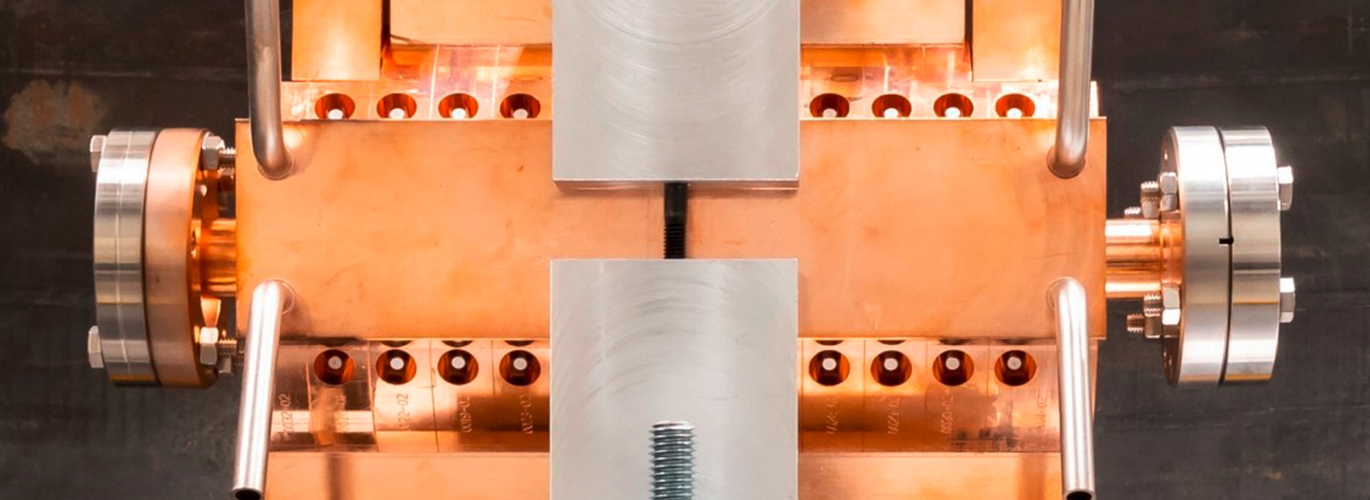
High Gradient RF cavities
Medical applications of the accelerator physics

General interest has been shown over the last years for compact and more affordable facilities for hadron-therapy. The High-Gradient (HG) know-how and technology in normal-conducting accelerating RF (Radio-Frequency) structures recently developed for projects such as CLIC (CERN), has raised the achievable accelerating gradient from 20-30 MV/m up to 100-120 MV/m. This gain has come through a better understanding of the high-power RF vacuum arcs or breakdowns (BD) phenomena, the development of quantitative HG RF design methods and enhancements in fabrication techniques. This can allow for more compact linacs (linear accelerators), which is of utmost interest in the new trend in hadron-therapy of using linacs able to provide protons of 70-230 MeV or light ions of 100-400 MeV/u. Linacs are of particular interest for medical applications because they can provide a high degree of flexibility for treatment, such as running at 100-400 Hz pulse rate and pulse-to-pulse beam energy (and intensity) variations. This kind of accelerator is very well suited to treat moving organs with 4D multi-painting spot scanning technique.
The HG RF group, in collaboration with the CLIC RF group at CERN, has constructed at IFIC a high power and high repetition rate facility for testing S-band (2.9985 GHz) HG-RF accelerating structures to study the breakdown phenomena and to perform R&D in this technology for accelerators.




